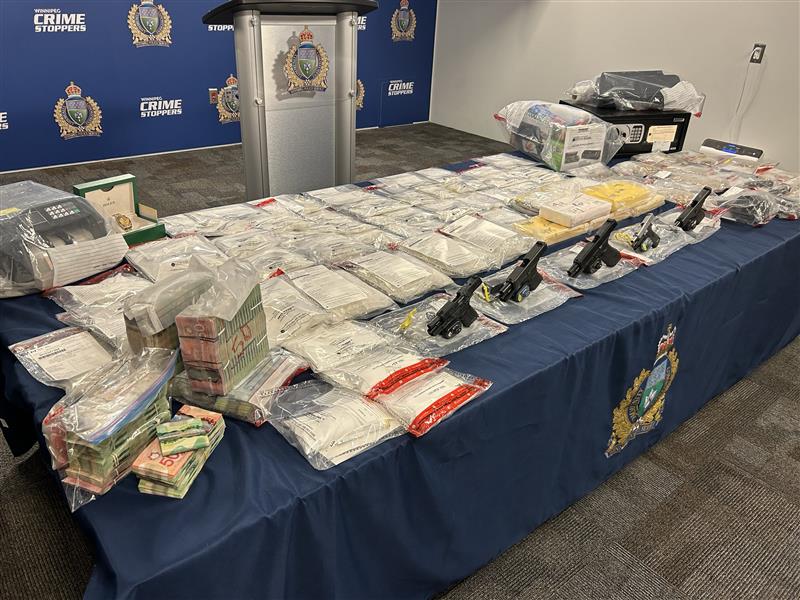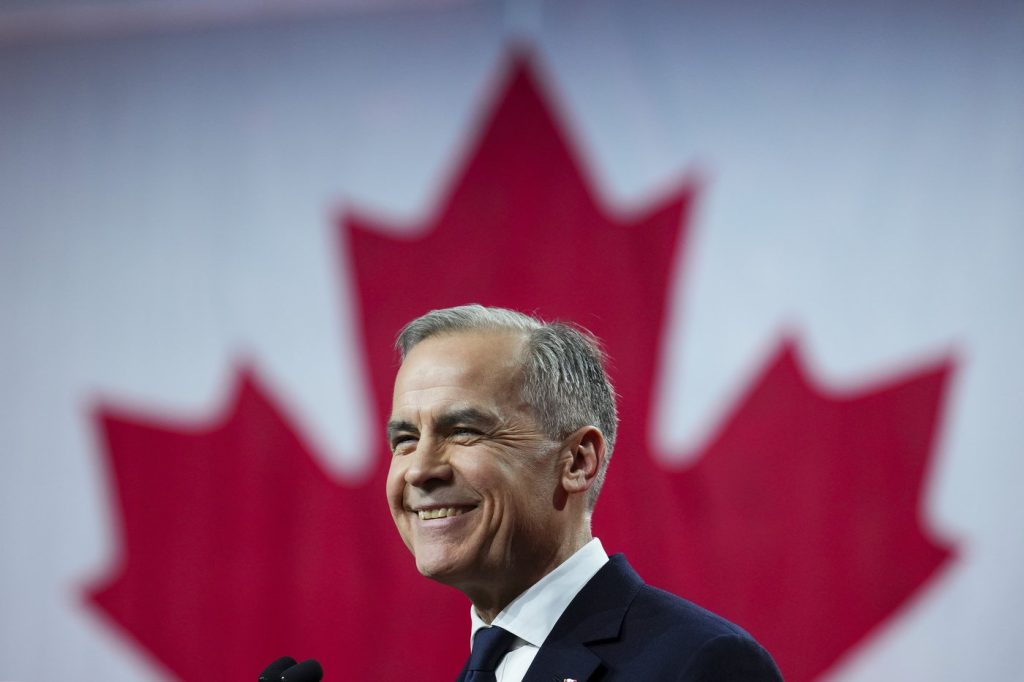Province will implement all 17 recommendations from Maples care home review

Posted February 4, 2021 1:57 pm.
Last Updated February 4, 2021 6:11 pm.
WINNIPEG – The provincial government says it will be adopting all 17 recommendations laid out in an external review of the Maples long-term care home.
The pandemic shone a spotlight on the facility, as it did many care homes across Canada. An outbreak of COVID-19 was declared at the care home on Oct. 20 and was declared over months later on Jan. 12.
Seventy-four staff members and 157 residents tested positive for the virus. There were 56 deaths linked to the outbreak.
The Manitoba government hired an expert advisor in November to review the outbreak and provide feedback and recommendations.
WATCH: Update on external review into Maples Long Term Care Home
The final report, which was written by former associate deputy minister of British Columbia Health Dr. Lynn Stevenson, found that while pandemic plans had been prepared and were in place, the site was not prepared for the significant reduction in available staff once they had been exposed to COVID-19 and were required to self-isolate.
“In addition, the urgency of requests for additional on-site staffing supports were not fully understood until the situation became critical. While additional staff were brought in, many were not skilled in providing long-term care services and lacked training in infection prevention and control and specialized housekeeping skills,” reads the review in part.
It goes on to say that clinical care guidance for ill patients wasn’t readily available and infection prevention and control expertise was lacking.
The report also found that a lack of consistent communication with families of those living at the home eroded trust.
Health and Seniors Care Minister Heather Stefanson announced Thursday that work is already underway to implement some of the key changes suggested in the report.
Some changes–including ensuring additional skills training for staff, strengthening pandemic staffing plans, enhancing care plans for residents in outbreak situations, and improving communications with families–were put into place before the preliminary findings were released in December.
RELATED: Health officials say there were issues with equipment, feeding at Winnipeg care home
The Winnipeg Regional Health Authority is improving how it deploys staff with expertise in infection prevention and control.
Health Incident Command is also making changes, including:
• changing how the planning and operations tables connect to each other and to the long-term care sector as part of the province’s overall pandemic response;
• taking steps to further strengthening infection prevention and control practices;
• promoting safe visitation by designated caregivers and visitors including updating visitation guidelines, mandating the same protective personal equipment for designated caregivers as staff, and implementing outdoor and indoor visitation shelters to support safe family interactions with residents;
• implementing an asymptomatic personal care home staff surveillance rapid testing pilot project;
• developing new staffing strategies including opportunities to redeploy community and continuing care resources to support staffing stabilization in sites with high needs due to outbreaks; and
• improving communications with sites across the province and sharing clinical learnings provincewide.
“While a number of the specific findings have already been implemented, there are other recommendations that need to be implemented not only at Maples, but at other sites and across the health system,” said Stefanson in a release.
WATCH: Families, advocacy groups react to Maples report

“Work is underway to develop a plan on how to implement the findings of the review at sites across the province in the longer term as well as how this work can be integrated into the department’s new focus on seniors care, as part of Manitoba’s health system transformation and Manitoba’s Clinical and Preventive Services Plan.”
Stefanson also said any plans for the future must address the continuum of care for seniors, including looking at options for enhanced supports for caregivers, expanding self- and family-managed care options, building supportive housing capacity, modernizing personal care homes, and addressing staffing challenges.








